Neuro Hive
Smart 3D Virtual Workspace
.avif)
Exploring how immersive 3D environments and AI-powered task management could transform the remote work experience.
Overview:
Neuro Hive is a passion project where I designed the MVP concept for a smart 3D virtual workspace that blends productivity tools with immersive collaboration. The platform introduces AI-driven task prioritization, distraction-reduction features, and interactive 3D office spaces designed to simulate the energy of real-world teamwork. With burnout becoming a growing concern in remote work, the project aimed to reimagine digital workspaces that help people feel more connected, supported, and balanced.
Key responsibilities:
Outcome:
.webp)
How might we design a virtual workspace that reduces burnout while helping remote teams feel more connected and productive?
The rise of remote work has created both opportunities and challenges. While it allows flexibility, it has also led to distraction overload, fragmented tools, and social isolation. Current platforms like Slack or Teams help communication but fail to replicate the natural flow of collaboration in physical offices.
Workers often struggle to maintain focus, manage workload balance, and avoid burnout. Neuro Hive set out to explore how immersive design and AI could address these gaps.

Concept Development
Defined the vision for an AI-powered 3D workspace blending productivity, focus, and team well-being.

Problem Definition
Outlined challenges in remote collaboration distraction, lack of connection, and digital fatigue.

Ideation + Design
Designed immersive 3D environments and task management flows using Figma and Unity.

Prototyping
Built interactive mockups to visualize AI meeting assistants and spatial team interactions.

Iteration + Delivery
Refined UI for performance, accessibility, and seamless multi-platform continuity.

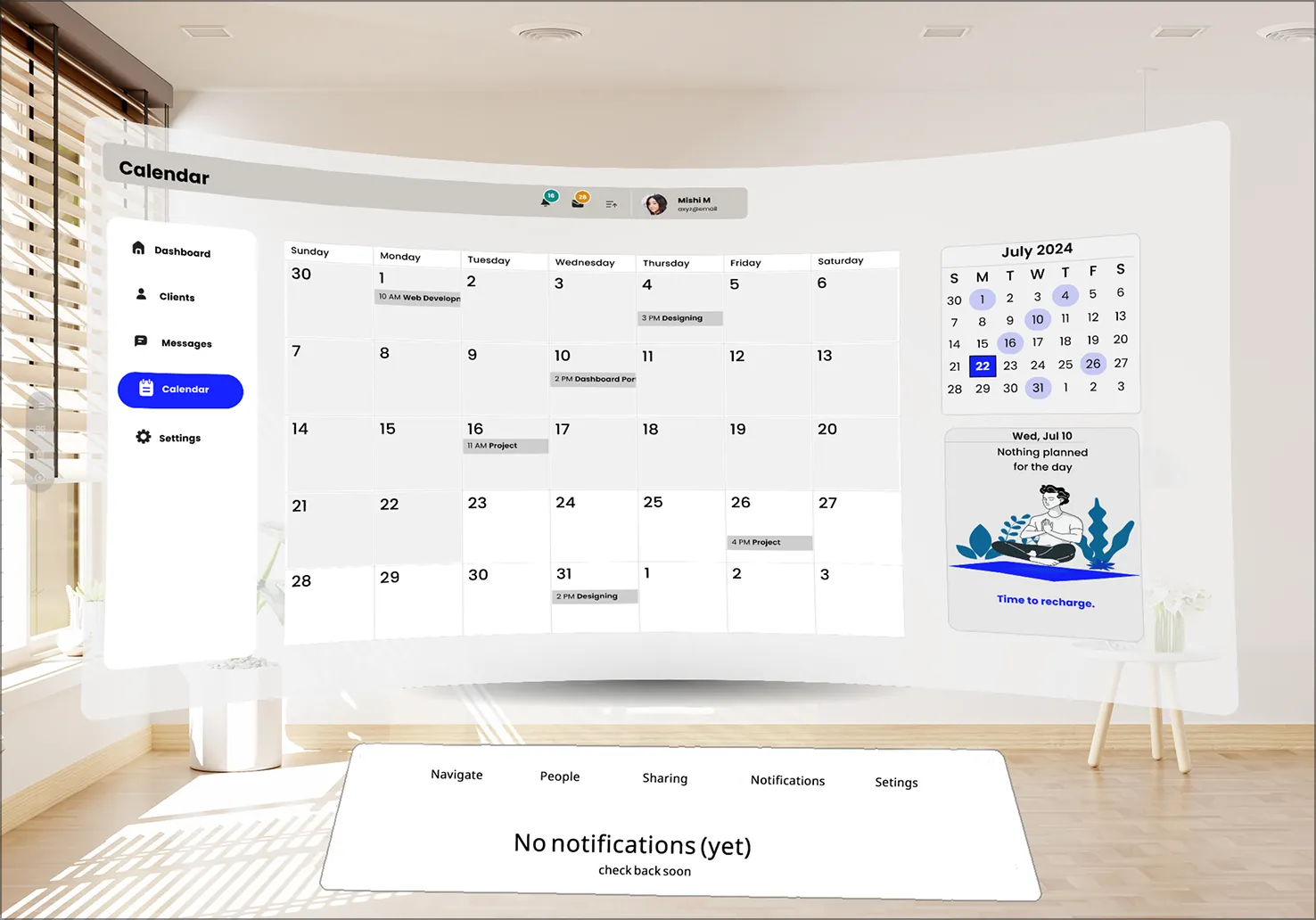
Over 8 weeks, I led the end-to-end design process from secondary research to high-fidelity prototypes.
I began with competitive analysis of productivity platforms and VR tools, mapped remote worker pain points, and created conceptual user journeys. From there, I sketched wireframes, designed 3D spaces, and prototyped key flows in Unity and Figma. Iteration focused on simplifying VR onboarding, balancing AI prompts with usability, and ensuring multi-platform continuity.
Timeline:
- 2 Weeks: Research into remote work challenges & competitive analysis
- 3 Weeks: User journey mapping & wireframing
- 4 Weeks: Designing immersive workspaces + task flows
- 2 Weeks: Prototyping in Unity + responsive design for desktop/mobile
- 1 Week: Iteration and documentation

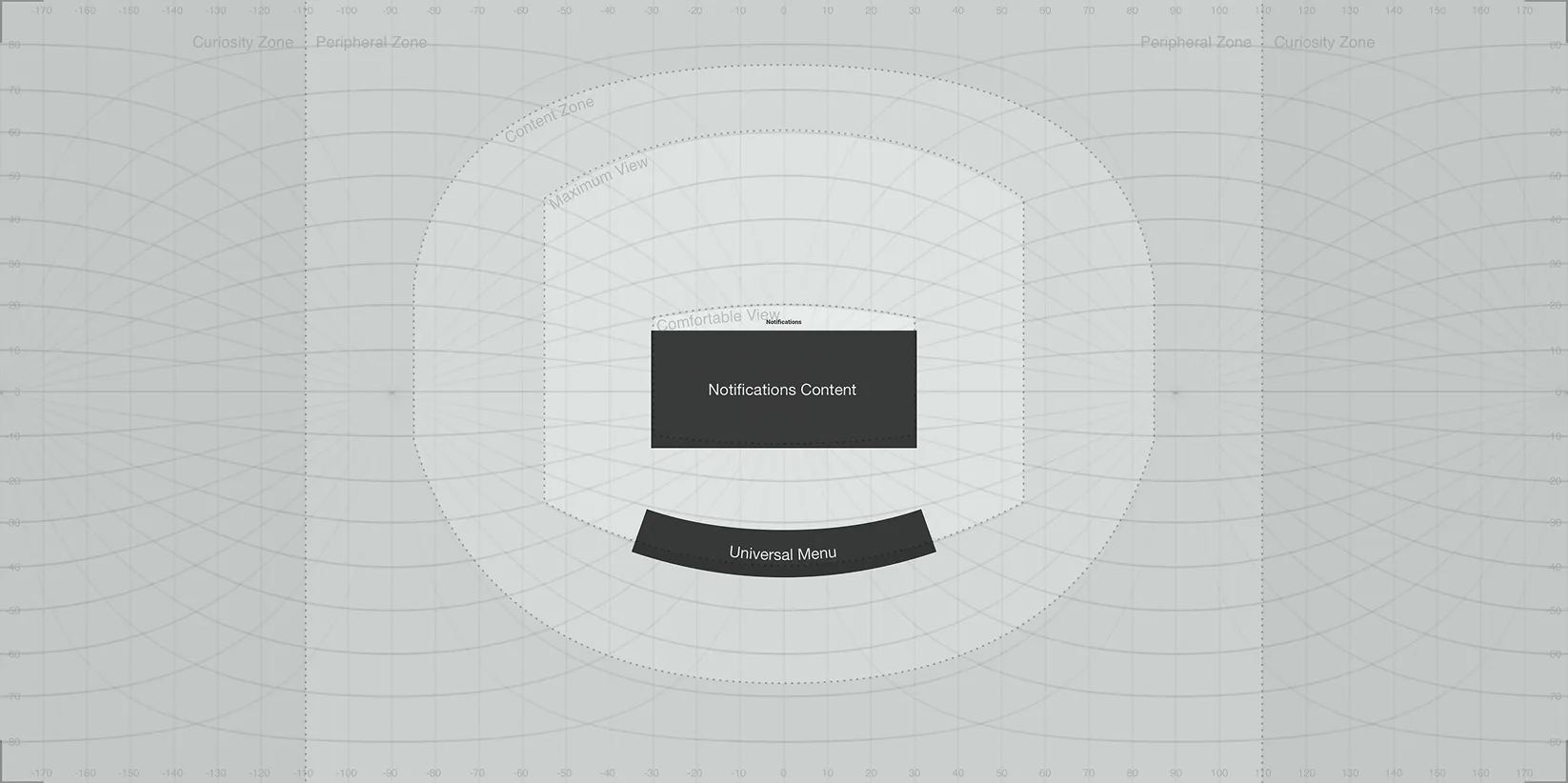

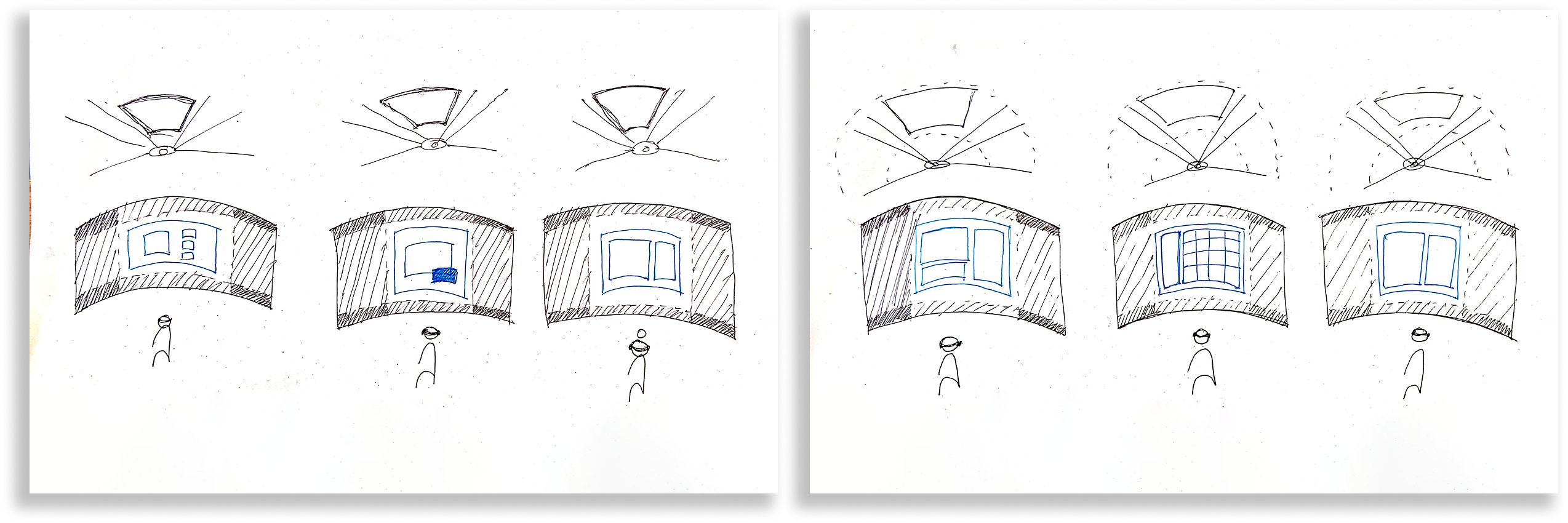
Synthesizing research uncovered recurring themes that shaped the design direction.
Remote workers don’t just want more features they want tools that reduce complexity. Clarity, focus, and well-being are often more valuable than endless integrations. Insights suggested that immersive spaces could foster the spontaneity missing in remote work, while AI could provide subtle support rather than overwhelming users with data.
Key Insights:
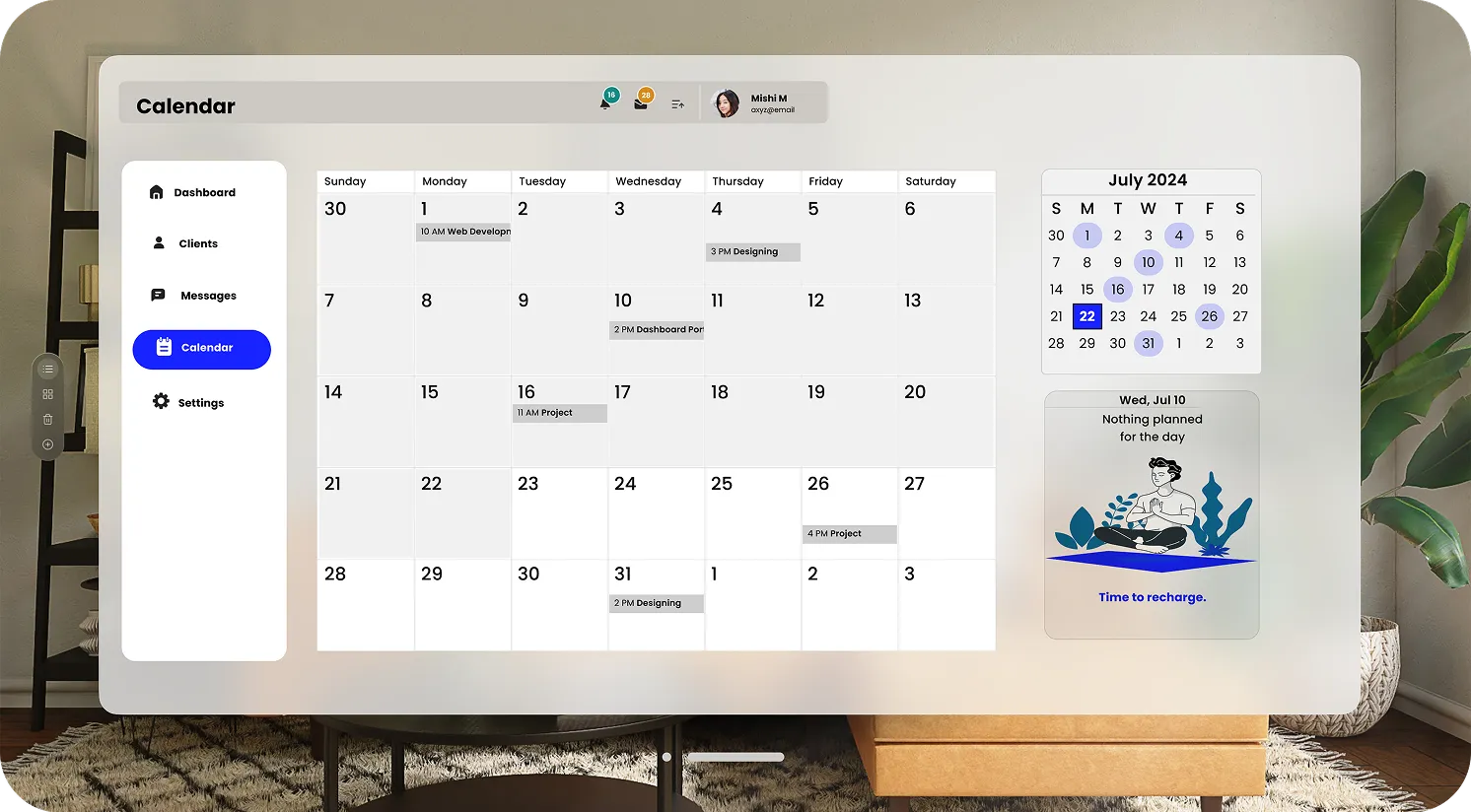

.webp)
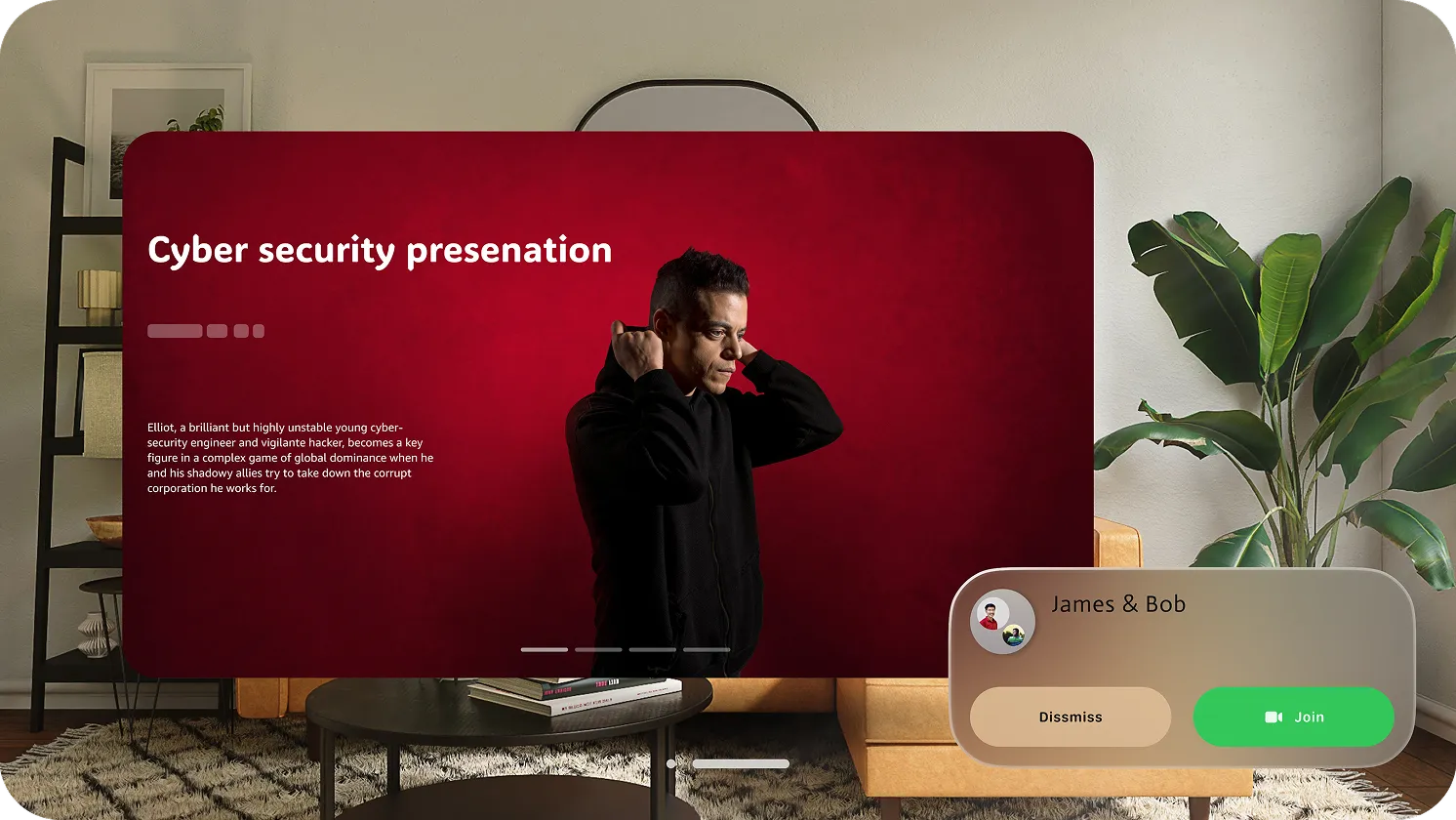
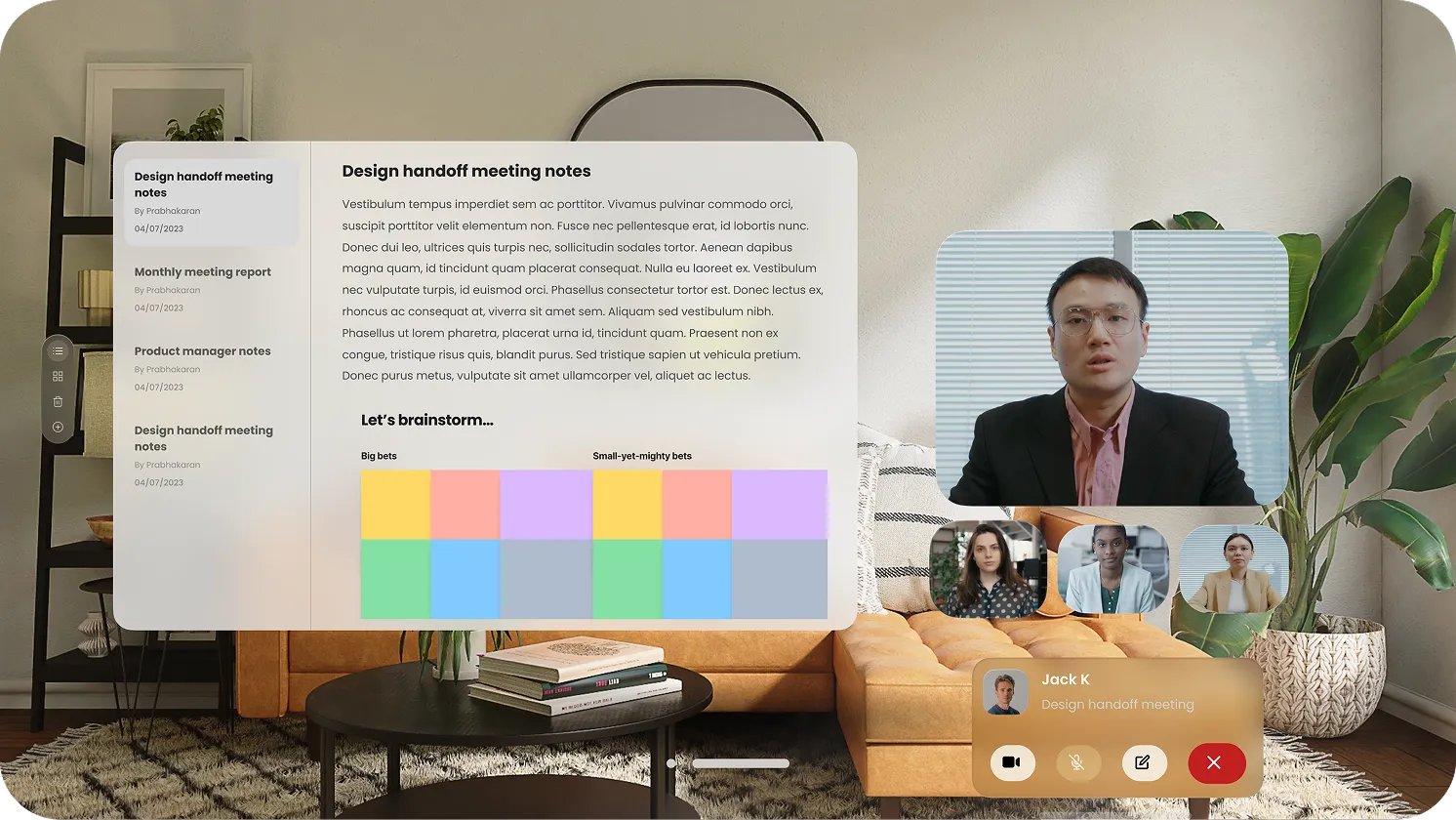
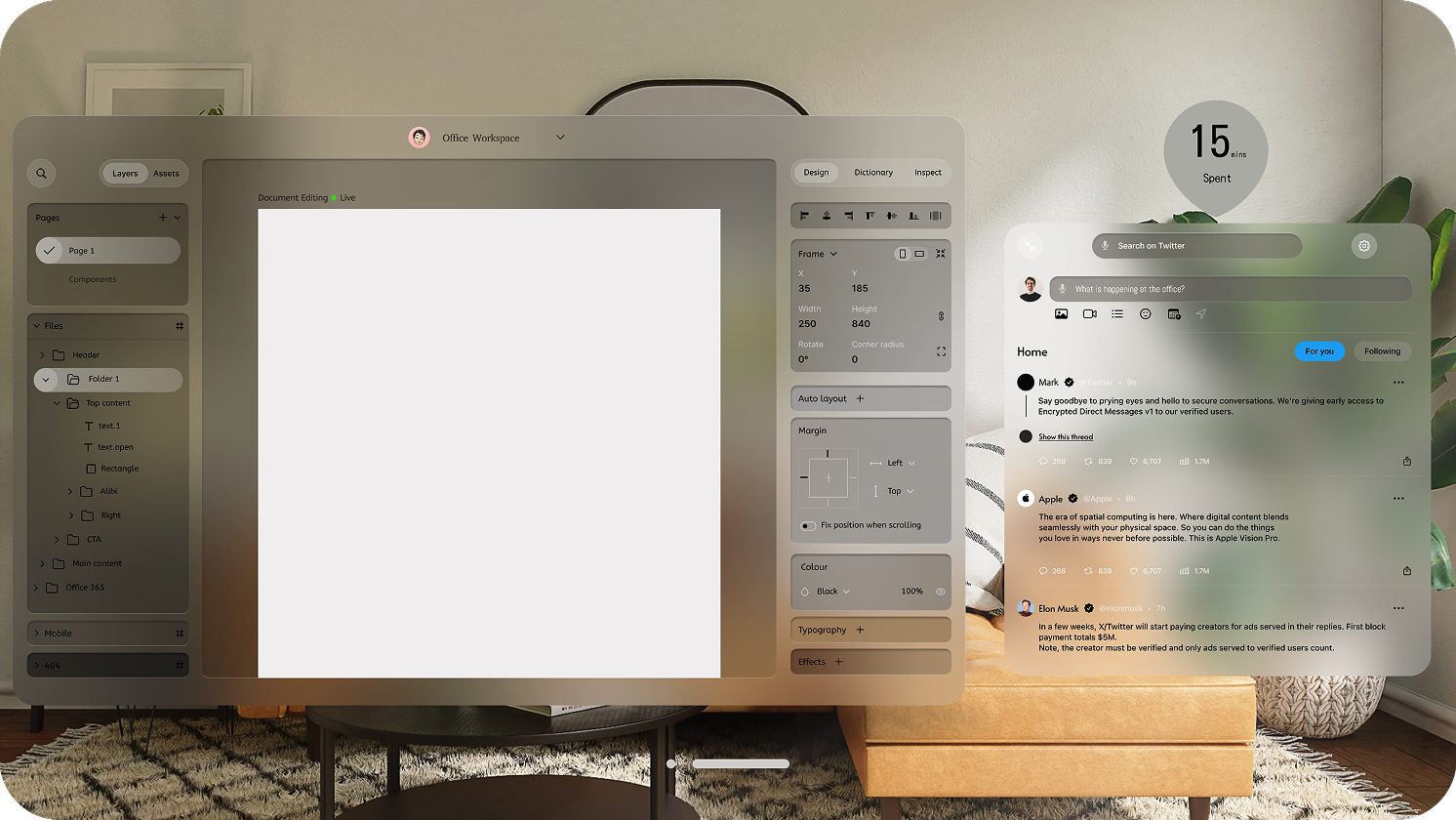
To solve the issues of distraction, disconnection, and burnout, I designed Neuro Hive as a multi-platform, AI-powered workspace.
Solutions included:
The solution combined immersive 3D environments for collaboration with AI task prioritization, meeting assistants, and well-being tools. Focus features helped users protect time for deep work, while dashboards provided visibility into workload balance. Designed to scale across VR, desktop, and mobile, the platform blended futuristic immersion with everyday usability.
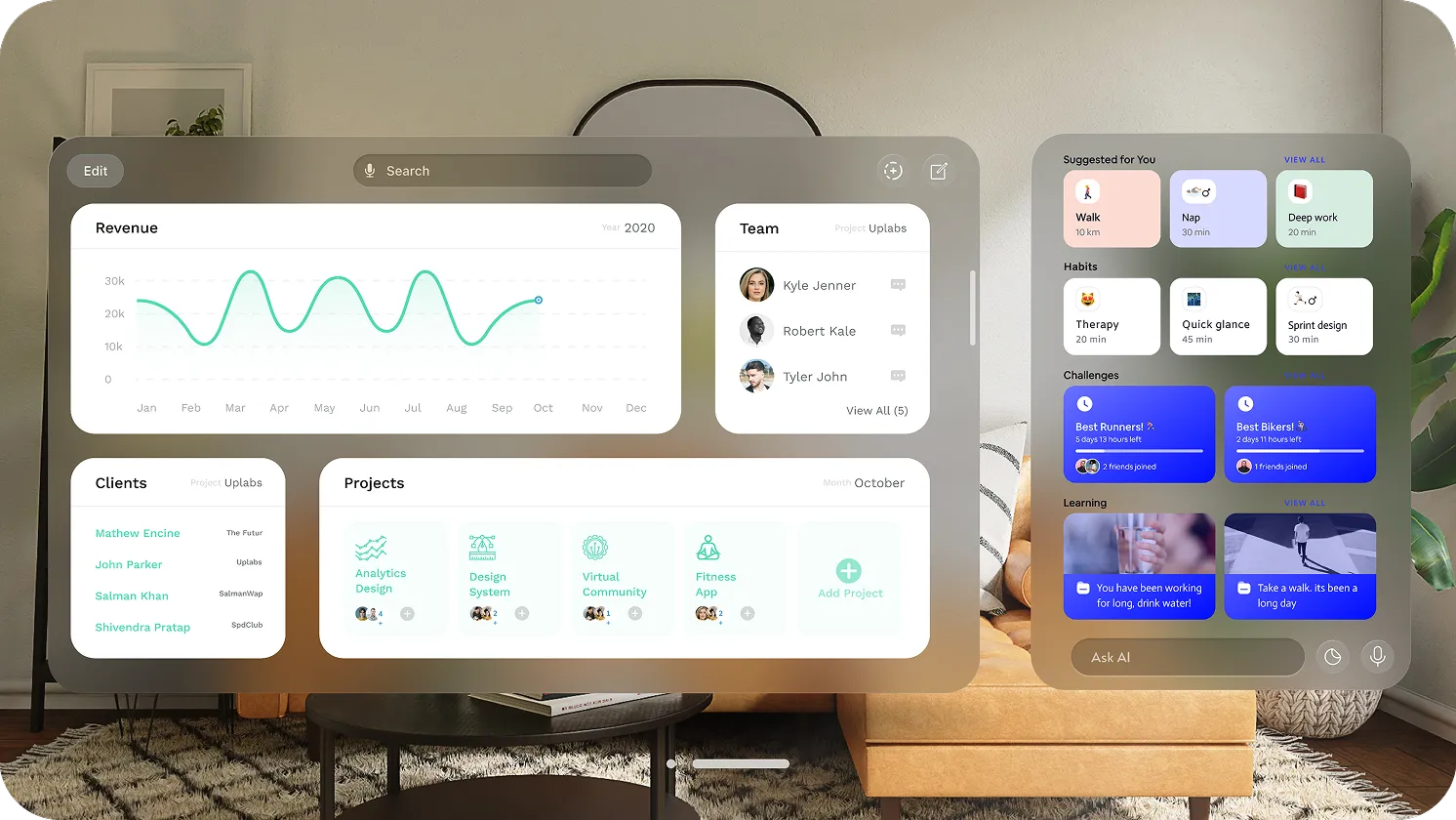

While the startup did not launch the redesigned site, the project highlighted the potential for significant business and user impact.
Metrics & Engagement (projected):
Future Development & Feasibility:
If further developed, Neuro Hive would begin with a desktop-first MVP focusing on AI task management and workload balance, before expanding into VR environments. Partnerships with existing platforms (Slack, Trello, Zoom) would ensure adoption, while Unity prototypes could test feasibility of immersive interactions at scale.



.webp)
